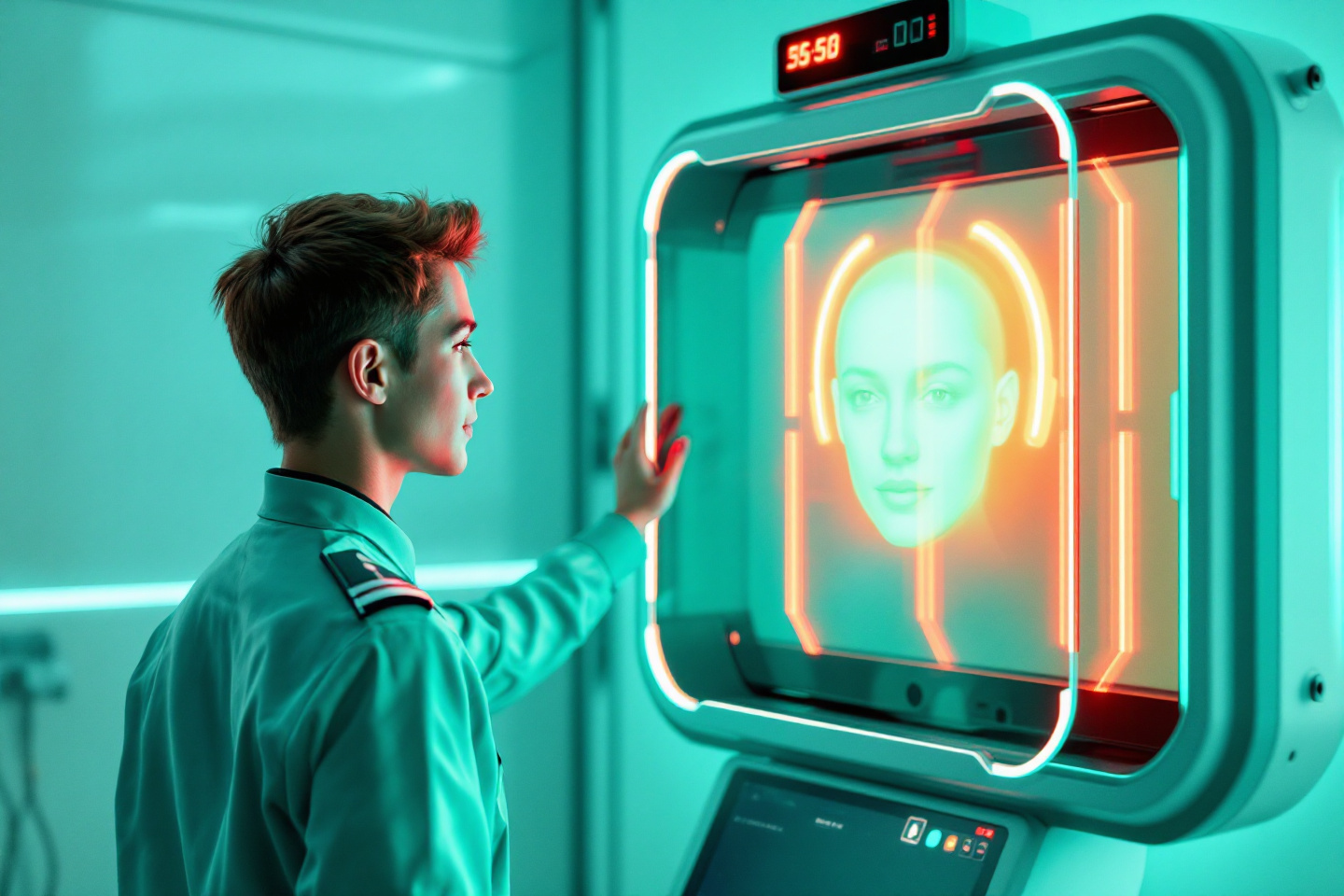
In the rapidly evolving world of Artificial Intelligence (AI), two concepts have taken center stage: deepfakes and digital avatars. These AI-generated media forms are not just technological marvels but also complex phenomena with profound implications for our society. This blog post delves into the intricacies of deepfakes and digital avatars, exploring their technology, potential applications, and the legal and ethical challenges they pose.
Understanding Deepfakes
Deepfakes are synthetic media, most commonly videos, in which a person’s face or voice is replaced with that of another using AI. This technology leverages advanced machine learning algorithms, trained on extensive datasets of images and videos, to manipulate and create realistic representations of individuals. The process involves training a deep neural network to recognize and replicate facial expressions, lip movements, and vocal patterns.
The evolution of deepfake technology has been rapid, with increasing sophistication and realism. Early deepfakes were often crude and easily detectable. However, advancements in AI have made them nearly indistinguishable from genuine media to the untrained eye. The accessibility of deepfake tools, often available as open-source software, has contributed to their widespread proliferation.
The rise of deepfakes raises concerns about their potential for malicious use and the broader implications for trust and authenticity in digital media. Understanding the technical foundations of deepfakes is crucial to anticipate and effectively address these challenges.
Digital Avatars in the Metaverse
Digital avatars are computer-generated representations of individuals, often used in virtual worlds like the metaverse. These avatars can be customized to reflect a person’s physical appearance, personality, and virtual identity. The rise of immersive virtual environments has fueled the development of sophisticated digital avatars, blurring the lines between the real and the virtual.
Digital avatars offer exciting opportunities for social interaction, creativity, and work in the metaverse. However, they also pose significant risks. The potential for manipulation and exploitation within these virtual worlds raises concerns about privacy, security, and the very nature of digital identity.
As the metaverse evolves, understanding the intricacies of digital avatars and their potential vulnerabilities will be crucial in creating a safe and equitable virtual space.
The Dark Side of Deepfakes: Malicious Uses
Deepfakes have emerged as a potent tool for spreading disinformation and eroding public trust. They can create fabricated videos of politicians making false statements or engaging in inappropriate behavior, potentially swaying public opinion and influencing elections.
Character assassination is another severe concern. Deepfakes can be used to create damaging content targeting individuals, damaging reputations, and potentially leading to social and professional repercussions. The ease with which deepfakes can be created and disseminated makes it challenging to identify and counteract their impact.
The malicious use of deepfakes underscores the need for robust safeguards and countermeasures to protect individuals and institutions from these threats.
Financial Fraud and Extortion
Deepfakes are increasingly being employed in financial fraud and extortion schemes. Criminals can use deepfakes to impersonate individuals in phone calls or videos, convincing victims to transfer funds or divulge sensitive financial information. These scams can be highly effective, as the realistic nature of deepfakes makes it difficult for victims to recognize the deception.
Extortion is another growing concern. Deepfakes can create compromising content of individuals, which can then be used to blackmail or extort them. These threats can have devastating consequences for victims, causing financial ruin and irreparable reputational damage.
Addressing these financial crimes requires enhanced security measures and greater public awareness of the risks associated with deepfakes.
Legal and Regulatory Challenges
The rapid evolution of deepfakes and digital avatars has outpaced the development of legal frameworks and regulations. Existing laws, designed for traditional media, struggle to adequately address the unique challenges posed by synthetic media.
One key challenge is defining the legal liability for creating and disseminating deepfakes. Should the focus be on the creators, the platforms hosting the content, or both? Another challenge is balancing the need for free speech with protecting individuals from harm caused by deepfakes.
Developing robust legal frameworks and regulations will be crucial in mitigating the risks associated with deepfakes and fostering a responsible and ethical ecosystem for AI-generated media.
Detection and Mitigation Strategies
Detecting deepfakes requires sophisticated techniques that analyze subtle inconsistencies and artifacts present in AI-generated content. Researchers are developing advanced algorithms that can identify telltale signs of manipulation, such as unnatural facial movements, inconsistencies in lighting and shadows, and anomalies in audio recordings.
Mitigation strategies involve technical and social approaches. On the technical front, platforms are implementing automated detection tools and incorporating verification mechanisms to flag potentially fake content. Social awareness campaigns aim to educate the public about the dangers of deepfakes and empower them to discern authentic media from synthetic content.
A multi-pronged approach, combining technological advancements with public education, will be essential in mitigating the impact of deepfakes on society.
The Future of Digital Identity
The rise of deepfakes and digital avatars presents a fundamental challenge to the concept of digital identity. In a world where synthetic media can be convincingly manipulated, how can we establish and verify the authenticity of online interactions?
The future of digital identity will likely involve a combination of technologies and practices, including robust verification systems, biometrics, and blockchain-based solutions. These approaches will be critical in safeguarding online interactions, ensuring trust and accountability in a world where the boundaries between reality and simulation are constantly blurring.
By embracing responsible innovation and fostering a collective commitment to authenticity, we can navigate the evolving landscape of digital identity. We can build a future where technology empowers, rather than manipulates, human interaction.
Conclusion
Deepfakes and digital avatars represent the new frontier of AI-generated media. While they offer incredible potential for creativity and innovation, they also pose significant challenges to our society. As we venture into this uncharted territory, understanding the technology, its potential applications, and the associated risks is crucial. By fostering open dialogue, developing robust legal and ethical frameworks, and embracing technological advancements, we can harness the power of AI-generated media while safeguarding the principles of trust, authenticity, and digital identity.



